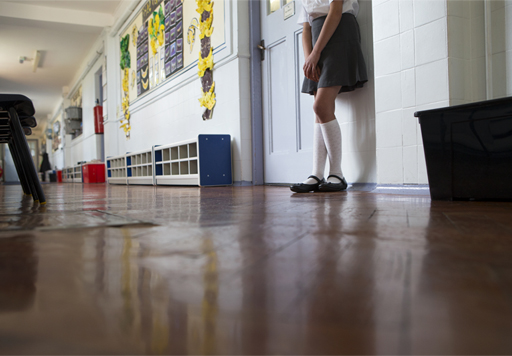Behaviour management
Children’s emotions are linked to their wellbeing and mental health. In a pre-school or school setting, there are many triggers for children to become highly emotional; for example, other children taking their toys, being asked to stop an enjoyable activity or simply being tired or hungry. As you saw in Session 2, understanding children’s development can help adults to appreciate that children’s reactions can vary depending on their age and stage of development. Knowing the circumstances of the child and their family can also help adults to understand the reasons why children behave in the way they do.
Young children need a calm and consistent response from the adults around them. For this reason, education settings will have a behaviour policy written by staff in the setting.
Ideally, policies should be written with input from all staff because this helps to develop a shared understanding of the behavioural issues (and expectations) that are relevant to the children in that specific setting. More recent initiatives regarding creation of policy and putting such policy into practice highlight the need to actively involve children in such decision-making from an early age so that, as rights holders, they can have a genuine say in the expectations, rules, routines and practices that affect their daily lives. Involving young children in a more active role as part of democratic decision-making processes can also help them understand what active citizenship entails. Including all stakeholders in writing policies is an example of a whole school approach.

